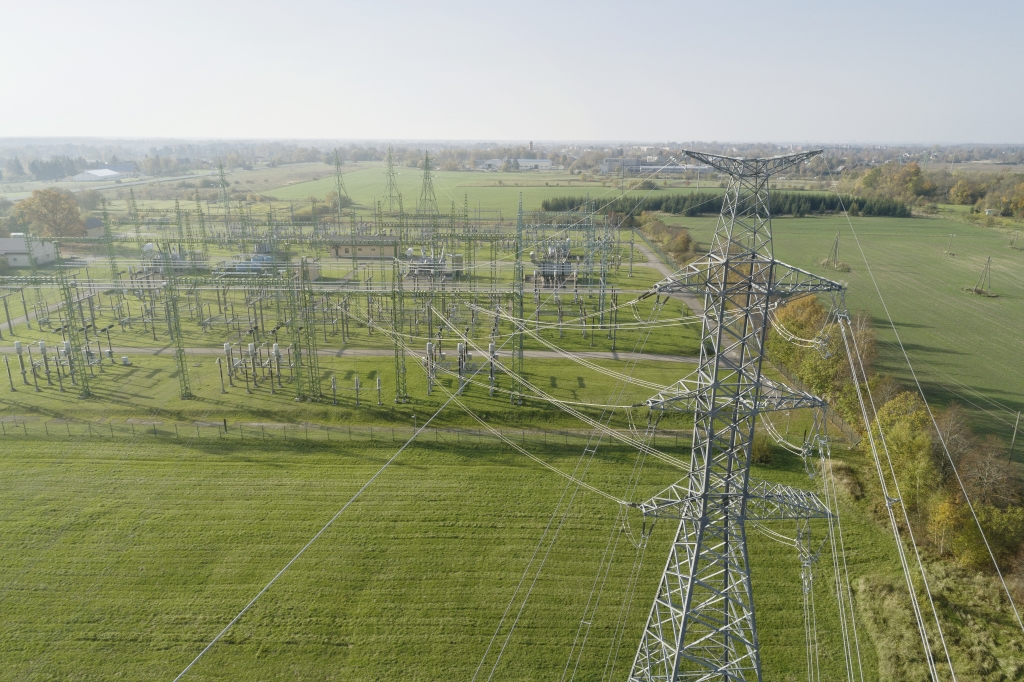AST has successfully completed the takeover of assets from Latvenergo
In accordance with the decision of the government, the transfer of the assets of AS Augstsprieguma tīkls (hereinafter – AST) from the AS Latvenergo Group has been successfully completed. Thus, the assets of the electricity transmission network, i.e., transmission lines, substations, and related real estate, are invested in the share capital of the Latvian transmission system operator AST.
EUR 300 million will be invested in the share capital of AST, part of which are the shares of AS Latvijas elektriskie tīkli (hereinafter – LET) and part of which is intended for other strategic investments. LET owns the assets of the Latvian electricity transmission system – 330 kilovolt (kV) and 110 (kV) power transmission lines, substations, and distribution points.
“We are pleased that the reform – the change of the management model of the transmission system, which has lasted for several years, has ended. The investment of assets marks the end of the era of Latvia’s electricity infrastructure reforms – the transmission system operator is an independently functioning organization that is no longer functionally linked to the historically monopolistic company. The reform has been implemented in the most efficient way possible, i.e., assets of the AST transmission system are received as an investment in the share capital of AST. This strengthens the balance sheet and financial stability of AST," said Varis Boks, Chairman of the AST Board, at the same time expressing gratitude to the partners involved in the reform – AS Latvenergo and AS Latvijas elektriskie tīkli.
Since 2011, when member states of the EU were required to separate their transmission system operators from the historical electric power supply monopolies, AST has been fulfilling the functions of a transmission system operator, while the assets necessary for the operation of the system were leased from LET. In the process of reorganization, AST will also take over all LET liabilities. From the viewpoint of energy policy, this is a rational step in the operation of the system, including the development of the electric power market and its future integration in the EU.

